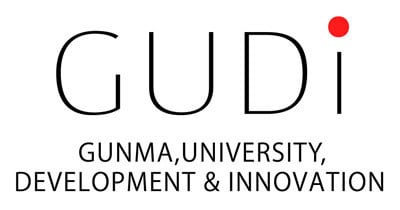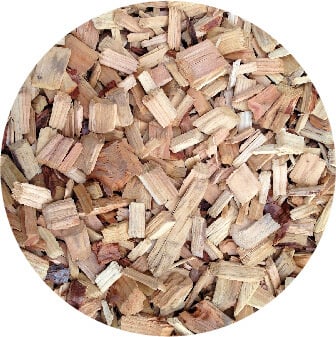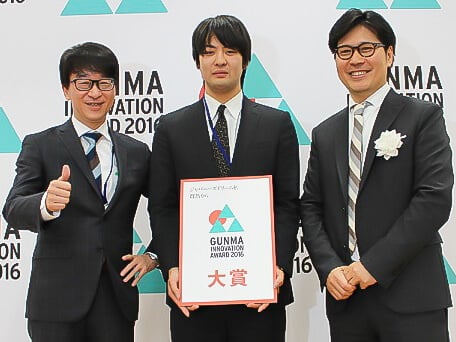The main component of wood is lignin. Lignin is a polymer compound in which a hydroxyl group or a methoxy group is bonded to the benzene ring, and its structure is very complicated. However, lignin has many parts that form * complexes with metal ions, such as phenol and carboxyl groups.
* Complex = A combination of other ions, atoms, molecules, and atomic groups with atoms and ions of metal elements and metal-like elements as the center.
Copper ions and silver ions are adsorbed on this. This bond is stable and will not flow.
In this way, cement, wood chips, and copper ions and silver ions work comprehensively to exert various functions.










